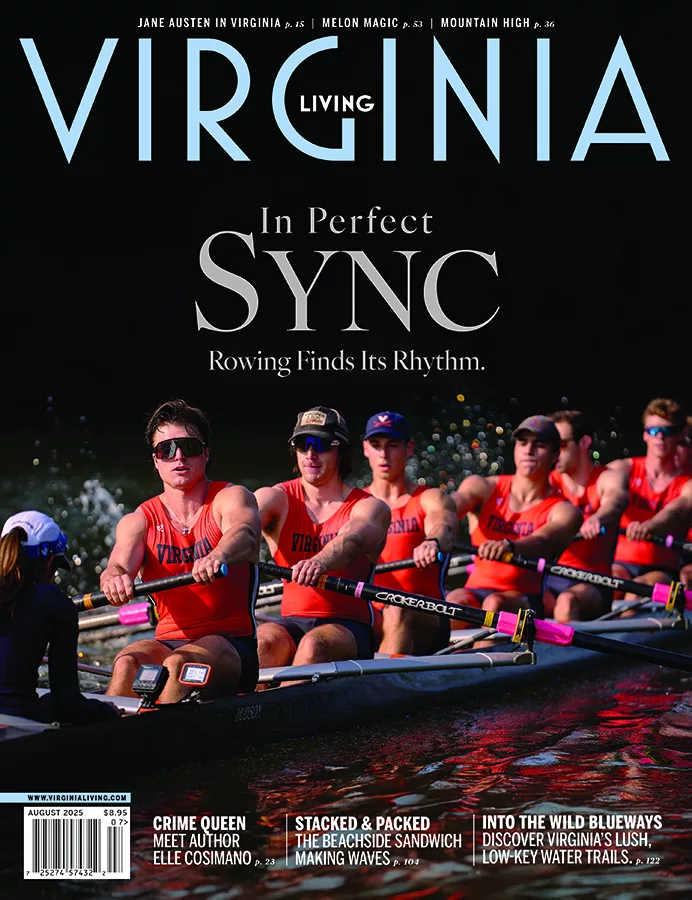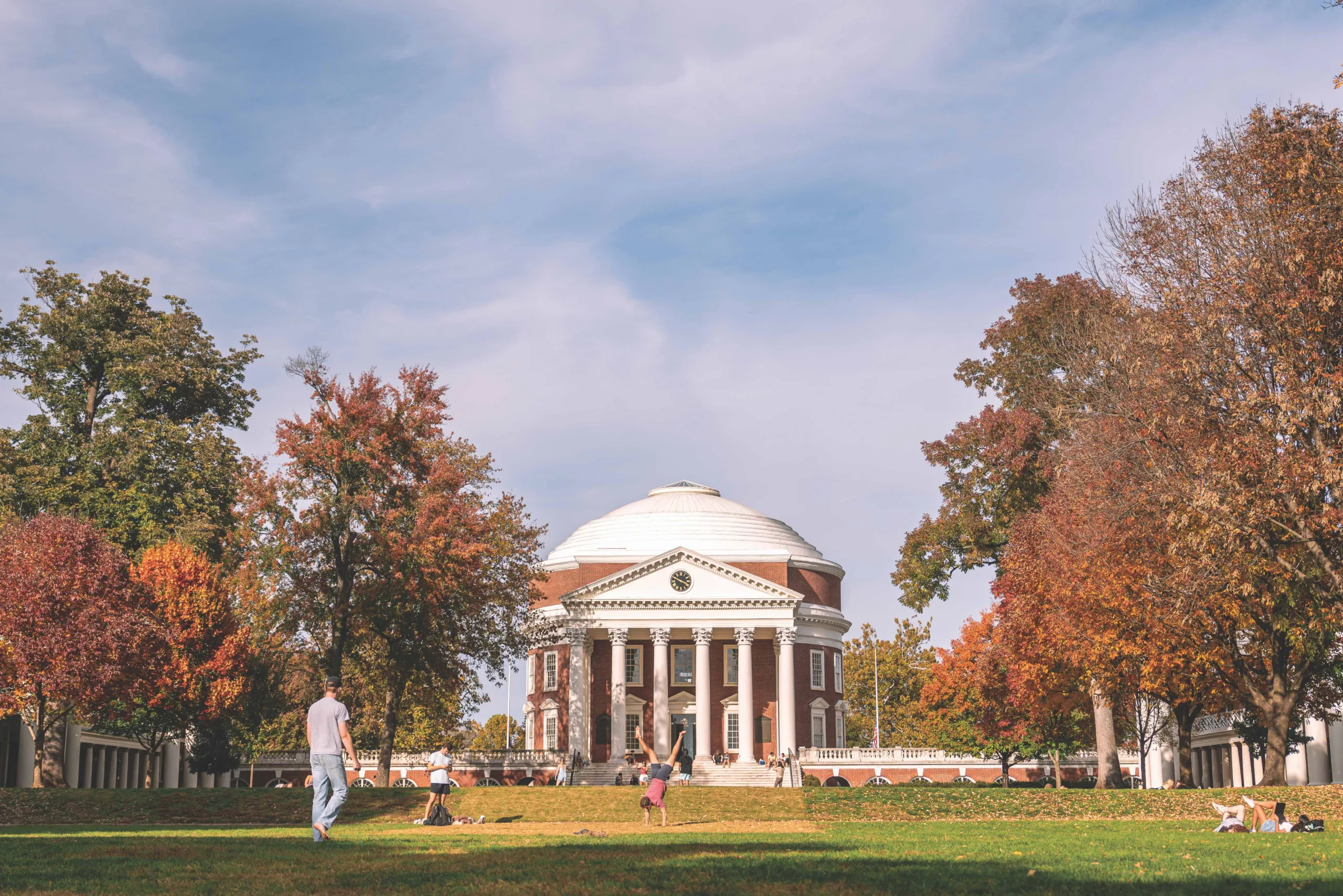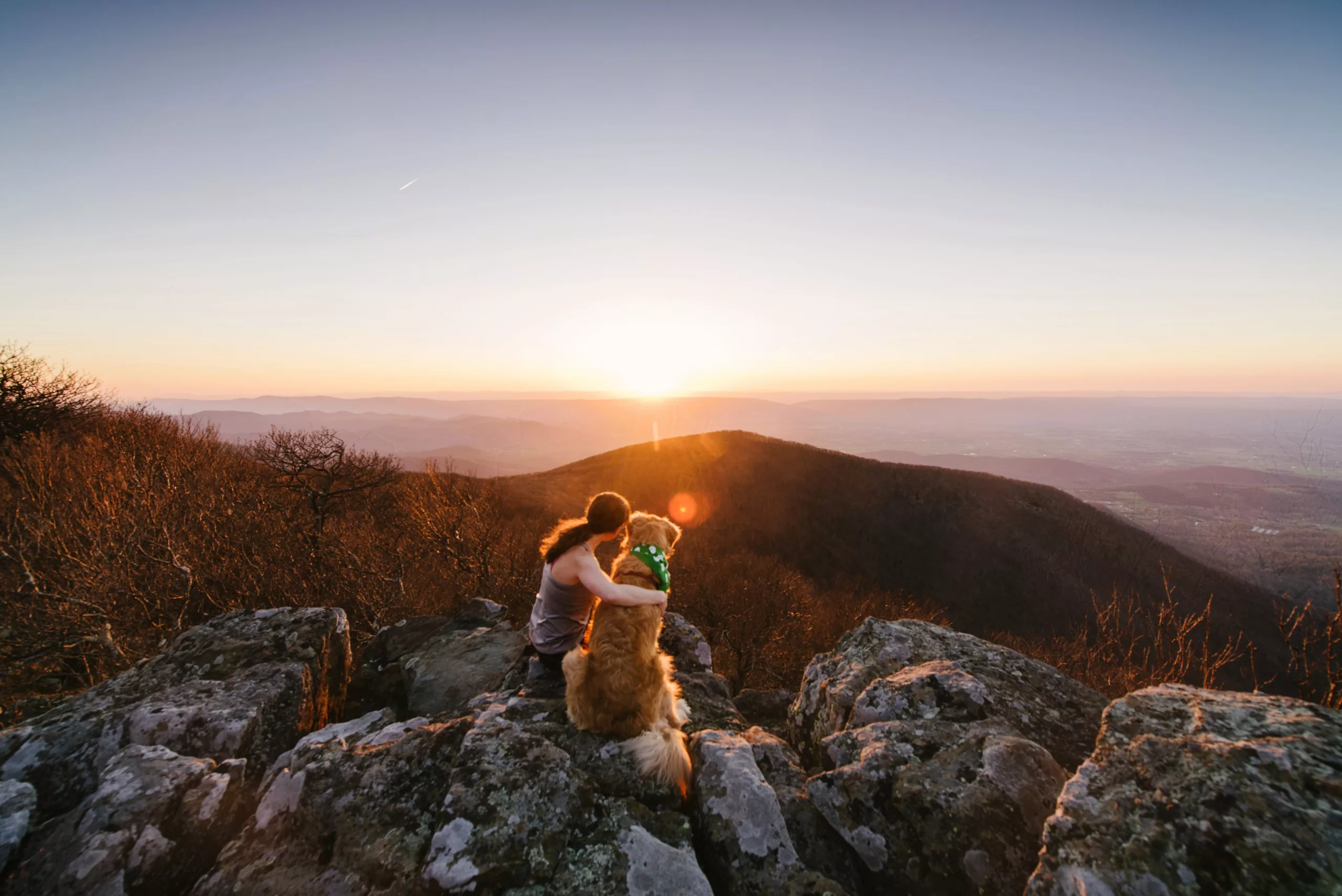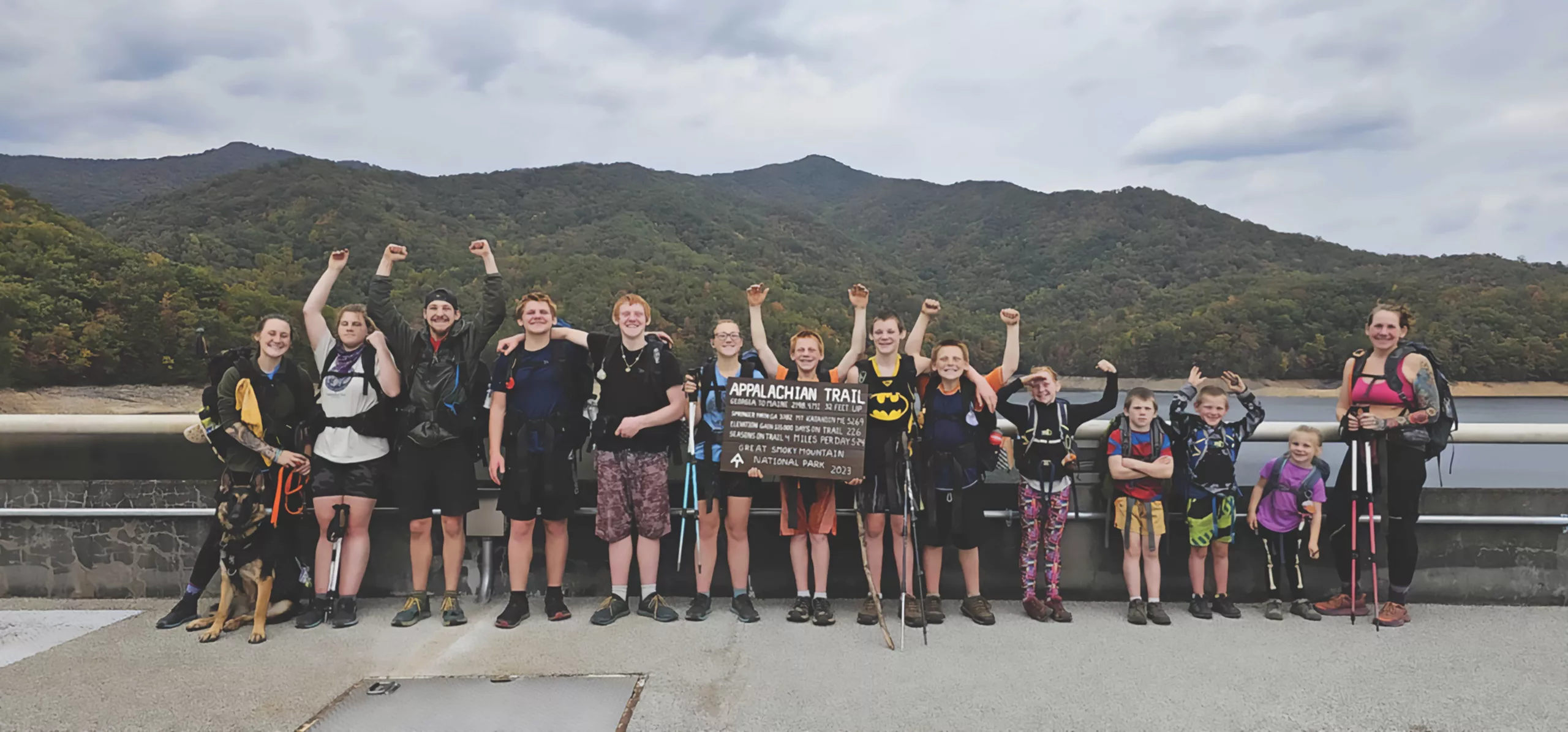Time to celebrate Virginia’s Scenic Rivers more than ever!

Blissful Batteau

Railroad Bridge at Sunset, by Bill Piper, courtesy of Scenic Virginia

Catoctin Creek Summer Fog, by Susan MacKenzie, courtesy of Scenic Virginia

Catoctin Creek in WInter, by Susan MacKenzie, courtesy of Scenic Virginia

Crowded Shenandoah, by Richard A. Koth, courtesy of Scenic Virginia

Goose Creek, Middleburg, by Mark W. Jeffries, courtesy of Scenic Virginia

James River from the Appalachian Trail, by Michael P. Spriegel, courtesy of Scenic Virginia

Bilssful Batteau, by Mason Basten, courtesy of Scenic Virginia

Kayaking on the Chickahominy River, by Daniel Goldstein, courtesy of Scenic Virginia

Rappahannock near Kelly’s Ford, by Mark W. Jeffries, courtesy of Scenic Virginia

Rappahannock River in Late February, by Suzanne Miksch, courtesy of Scenic Virginia

South Fork Shenandoah River, Bentonm by Mark W. Jeffries, courtesy of Scenic Virginia

St. Mary’s River, by Tricia Pearsall, courtesy of Scenic Virginia
What do Virginia’s Staunton River, Blackwater River, Goose Creek, Russell Fork River and Moormans River have in common? They’re all Virginia Scenic Rivers, and to date, are but 5 of the 28 river segments receiving such prestigious state designation—making a total of 610 miles of natural Virginia stream, creek, river and estuarial beauty. Why are they declared Scenic Rivers? Because they possess superior natural and scenic beauty, fish and wildlife, and/or historic, recreational, geologic, cultural, and/or other assets. Thus states the Virginia Scenic Rivers Act, legislated in 1970, the brainchild and assiduous effort of many to preserve Virginia’s natural treasures—due in part to the impending onslaught of dam construction at that time—championed, fashioned and orchestrated into law by visionaries, State Senator FitzGerald Bemiss and Governor Linwood Holton.
In 2010 the Virginia Scenic River Program celebrated its 40th Anniversary by adding more river miles, 81, at one legislative session than ever before in the program’s history. On April 23, 2010, I attended the festivities held on the north bank of the James River—part of an 8.5 mile Scenic River section—downriver from Hollywood rapids and listened to Governor Bob McDonnell expound,
“From the Blackwater in the coastal plain to the Jordan and Hughes east of the Blue Ridge in Rappahannock County to the Russell Fork that cascades through the mountains and valleys of Southwest in Dickenson County, the rivers designated as scenic this year are a microcosm of Virginia’s waterways. Virginia’s rivers are one of our most unique resources, contributing to Virginia’s economic vitality, beauty, and quality of life.”
He went on to proclaim,
“While we are celebrating the scenic values of our rivers today, we must also remember our obligation to protect the water quality of our rivers, whether they are in the Chesapeake Bay watershed or whether they flow to other basins. Virginia is blessed to have such vast natural resources, and I am pleased to be able to say that this year, with the leadership of Democrats and Republicans in the General Assembly, the most river miles were added to the program since its start 40 years ago. I thank the patrons of these important pieces of legislation and look forward to adding more river miles in the coming years.”
This ceremony seemed to sanction with cake and icing, an amazingly successful program, a credit to so many—local citizenry and Virginia Department of Conservation and Recreation staff—who worked tirelessly together for 40 years to grow and increase nominated river sections throughout the state while dispelling myths of intrusive state government on riparian landowners or denial to improvements and development. This forged partnership between local individuals, groups and governments and the state may be one of the profound ancillary strengths of this effort. Recognizing Virginia’s very special fluvial courses, the places which make our state Virginia, not Maryland, North Carolina or New Jersey, the places which provide precious habitat for fish, birds, mammals, and unique flora like first-generation cypress trees, the places which host kayaking and canoeing, swimming and snorkeling, fishing, biking, walking, these are the benefits.
So, it was with some puzzlement that I read the Governor’s proposal to kill the Virginia Scenic Rivers Board. As part of the Governor’s reorganization of the executive branch of state government, House Bill 1291 and Senate Bill 678, seek to eliminate the Virginia Scenic River Board and transfer its duties to the Board of Conservation and Recreation, and what’s more, no new river segments have been proposed for addition to the program in the 2012 General Assembly.
In the Department of Recreation and Conservation’s (DCR) 2007 Outdoor Plan and more current presentations (a new Outdoor Plan is due out in 2013) many portions of non-designated Virginia rivers are identified as either Desirable Components—evaluated and found to qualify for designation (20 segments), or Potential Components—identified as being worth of future study (over 62 segments). There is still much work to be done!
How does a waterway get to be a Virginia Scenic River? The quick answer is that local citizens, landowners or governments request that the river or creek be part of the system. DCR then studies and evaluates the river according to stated criteria. If the river portion is deemed eligible, the locale gets a state legislator to sponsor a bill to designate the river portion. Scenic. The General Assembly approves and passes the legislation and the governor then signs the bill. The Department of Conservation and Recreation’s website gives more detailed information on the process, evaluation criteria and provides a Guide to Citizen Involvement in Scenic River Designation Process. There are also resources and information concerning mechanisms of land conservation of river corridors, should that apply.
What does this designation do? In addition to giving the river and the locale prestige as conservators, it encourages closer review of projects and proposals by state agencies and localities. It provides opportunities to consider scenic and other resources in planning and design, allows for project review and monitoring of designated river segments by the governor-appointed Virginia Scenic River Board, and provides a framework for appointment of local Scenic River Advisory Committees. It also focuses Federal Energy Regulation Commission (FERC) reviews should there be hydro or related project proposals, as Scenic River designation requires General Assembly authorization for dams.
Until 2003, most Scenic River segments had local Advisory Committees that acted as liaisons between local issues and governance and the Virginia Scenic River Advisory Board, who informed, both local and other state agencies of any plans or relevant matters affecting designated waterways. In 2003, all but 2 of the local Advisory Committees were rolled into the Virginia State Scenic River Board. Two local advisory committees continued to work at local levels, the Goose Creek and Falls of the James Scenic River Advisory Committees. In 2011, local advocates worked to get the Catoctin Creek Scenic River Advisory Committee reestablished by the Virginia Department of Conservation and Recreation (DCR).
Perhaps with the proposed eradication of the Virginia Scenic River Board, now is the time for local citizens and municipalities to pull together to reestablish local oversight committees as well as encourage other river segments to “get with the program”, particularly rivers such as the Dan and the York and other parts of the Appomattox. To not protect and designate Virginia’s prime watercourses, when this program is in place, would be ‘a cryin’ shame’.
In celebration of the 40th Anniversary of the Virginia Scenic River Program, Scenic Virginia held a photographic contest focusing on the Virginia’s Scenic Rivers. Some of the entrants and winners are included. Thank you Scenic Virginia.









